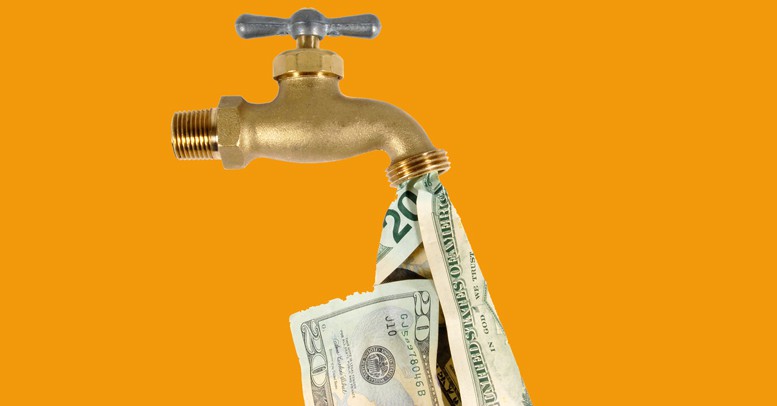The lack of any sensible reference for pricing in risks turns investment decisions into a perilous gamble. And the economic balance is severely stressed when savings are so harshly punished.
The recent upsurge in the price of money has caught most observers off guard. Yet this development emerges as a natural outcome once recovery seems underway. The sudden hike in bond yields is driving money markets back to normal. They have been in a downward trend for too long, bringing yields to low historical levels. The FED, the Bank of Japan and the ECB have injected huge amounts of money in a desperate attempt to defuse deflation and put the economy back on track. As the danger seems to be abating, rates are making a solid comeback.
While loose monetary conditions seem essential to stave off the threat of deflation, their enforcement cannot last forever. Otherwise, the lack of sensible price signals cloud any risk perception. A very dangerous state of play that could distort long-term economic performance.
Furthermore, reducing policy to the goal of keeping low interest rates seems a self-defeating option. If it works properly, growth will force a sweeping shift in rates. On the other hand, the danger of feeding asset bubbles might cause severe disruptions.
Monetary policy has played an outstanding role in preventing recession. But it cannot continue playing a leading role in an upswing. Reforms should emerge as the driving force for ensuring that growth maintains its momentum. If not, the current mild recovery might peter out before it becomes solidly entrenched. The Jackson Hole three-prong policy remains the only valid one.






Be the first to comment on "Rates do matter"